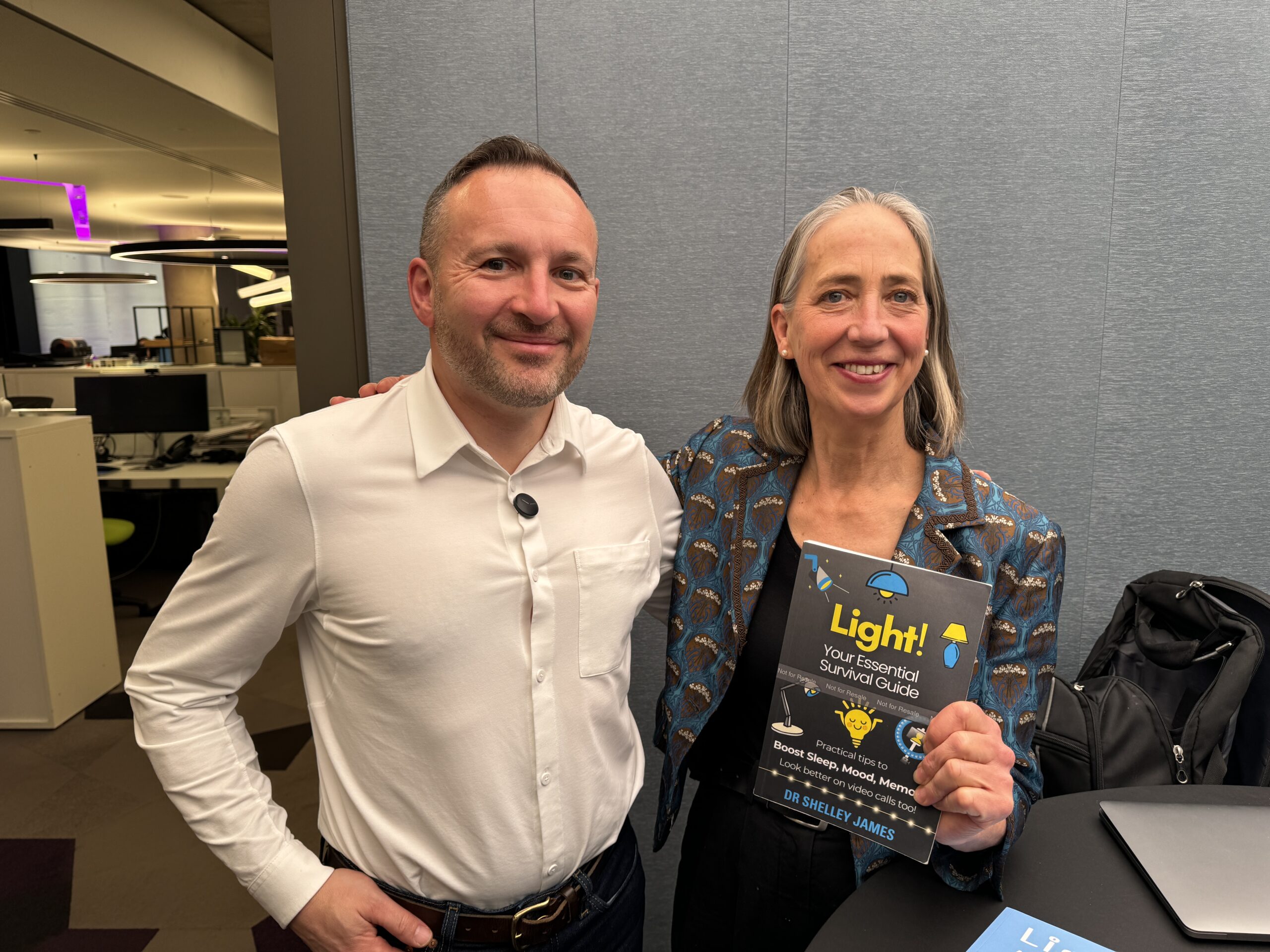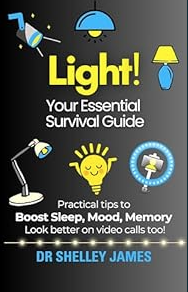A New Podcast: Thinking Differently About Lighting with Dr. Shelley James
Your humble editor interviewed Dr. Shelley James of Age of Light Innovations and shared her upcoming podcast series, “Thinking Differently About Lighting.” Set to launch on 21 November, this 10-part series, supported by BIOS Lighting, bridges the gap between scientific research and practical applications in lighting. Dr. James aims to provide professionals with valuable insights into how lighting affects health, the environment, and design.
Why This Podcast Stands Out
Dr. James’s series fills a unique need in today’s crowded podcast landscape. Lighting technology is advancing quickly, but many designers, engineers, and installers don’t have access to the latest research. Traditional education and professional courses often can’t keep up with these advancements. “Thinking Differently About Lighting” will deliver expert insights directly to industry professionals, helping them make better decisions.

Connecting Science to Real-World Applications
Each episode will feature a leading scientist chosen for their leadership and reputation for ground-breaking experiments with a focus on practical ‘real world’ applications. Co-curator Professor Kevin Houser opens the series with a challenge to both the scientific and lighting communities to beware of the perils of blind adherence to standards based on results from controlled laboratory settings that have not been replicated in the dynamic ecology of the real world.
Dr. James has designed each episode with practical takeaways so listeners can apply the latest scientific knowledge to real-world scenarios.
Guests include Professor Jamie Zeitzer from Stanford University debunking myths about circadian lighting (spoiler alert – blue light isn’t the answer), and Professor Timo Partonen, a specialist in suicide prevention from Norway, on how SAD lamps work (and why an American doctor is likely to recommend a different dose to a European one). President of the CIE, Professor Christophe Martinsons, will review the shifting sands of lighting measurements for visual, non-visual, and wider biological effects and implications for lighting manufacture, specification, and control.
Episodes will also cover the impact of light on the development of the visual system, the hidden dangers of flicker, and balancing the safety and environmental impacts of light after dark. We’ll also cover visual ergonomics and the impact of lighting on behavior. The series has been curated as a resource or a ‘mini-library’, offering lighting professionals an independent, accessible and actionable source of insights directly from the scientists.
Beyond Standards: Inspiring Innovation
While industry standards provide essential guidelines, they often don’t encourage innovation. Dr. James views her podcast as a way to go deeper, helping listeners understand the science behind these standards. By exploring the “why,” she hopes to inspire lighting professionals to think creatively and push for innovative solutions. This knowledge could help shape future standards that align with the latest research.
A Valuable Resource for Lighting Professionals
Dr. James’s podcast offers a unique blend of scientific insight and practical application, making it an invaluable resource for lighting designers, engineers, and contractors. “Thinking Differently About Lighting” gives professionals a rare opportunity to hear directly from scientists shaping the field. Each episode provides insights that go beyond basic standards, empowering listeners to make informed, impactful choices.
As lighting science evolves, this series will equip industry professionals with tools to interpret and apply new research effectively. Dr. James’s podcast is a timely resource, inviting the lighting industry to engage deeply with the science behind lighting—one episode at a time.





